1. It’s the Newest Ocean on the Map
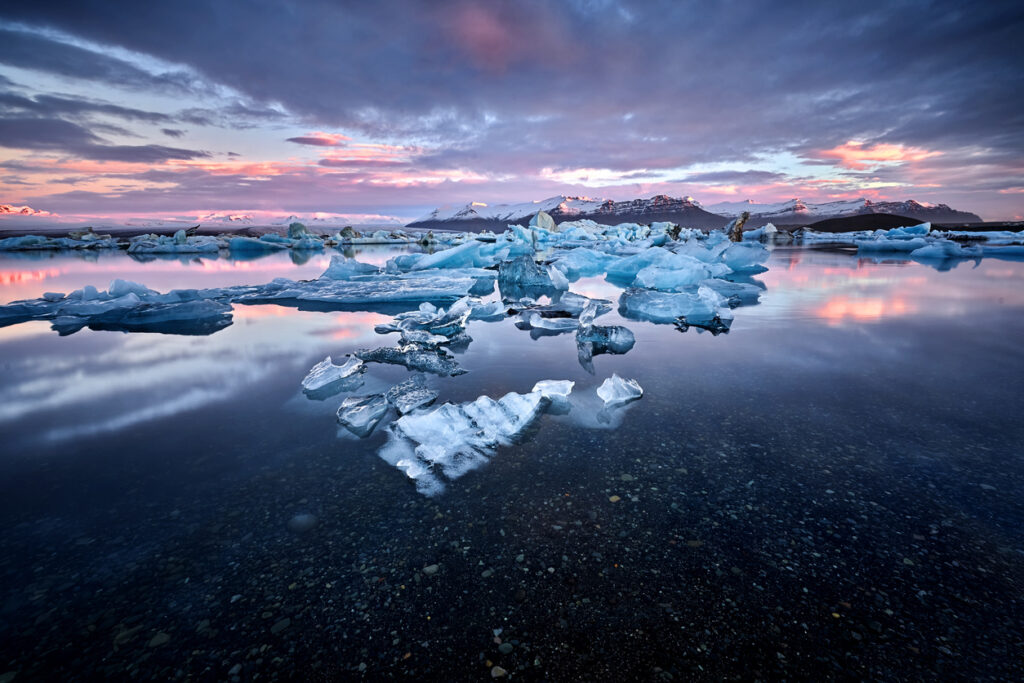
For centuries, cartographers and scientists debated whether the waters surrounding Antarctica deserved their own oceanic identity. Some called it the Antarctic Ocean, others just lumped it in with the Atlantic, Pacific, or Indian Oceans. But in 2000, the International Hydrographic Organization (IHO) settled the matter, officially recognizing the Southern Ocean as Earth’s fifth ocean. Its boundaries are determined by the Antarctic Circumpolar Current (more on that soon), which separates it from neighboring oceans. While it’s “new” in name, these waters have been shaping Earth’s climate for millions of years. Surprisingly, not all countries immediately adopted the name—some maps still leave it out, which is kind of rude, if you ask us. Either way, it’s about time the Southern Ocean got the recognition it deserves. It’s like finding out the quiet kid in class has been acing every test all along.
2. It Doesn’t Hug Continents Like Other Oceans
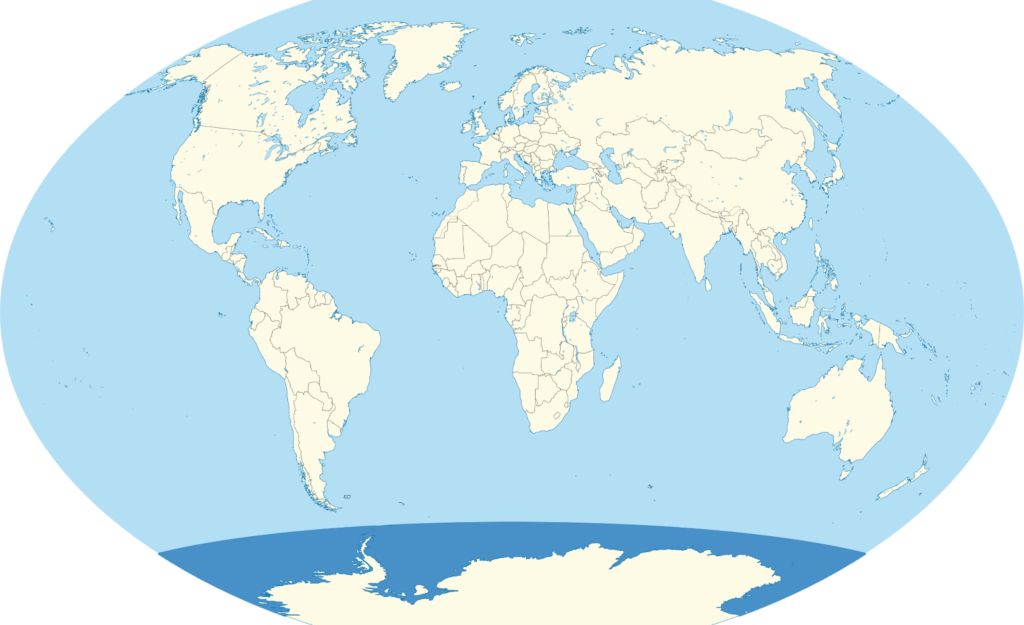
The Southern Ocean is unique because it’s not bound by landmasses in the traditional sense. Instead, it encircles the entire continent of Antarctica, flowing freely and connecting the Atlantic, Pacific, and Indian Oceans. Its boundaries aren’t defined by geography but by the Antarctic Circumpolar Current (ACC), a powerful water highway that flows clockwise around the icy continent. This makes the Southern Ocean the only ocean that stretches continuously without being hemmed in by land. Imagine a racetrack where the cars never have to stop or turn—they just keep going around and around. Because of this, the Southern Ocean plays a crucial role in global ocean circulation, acting as a bridge between the world’s waters. Its unbroken flow is why scientists consider it a “global ocean” that ties the planet together. It’s a boundary-defying rebel in the best possible way.
3. Its Waters Are the Coldest and Stormiest on Earth
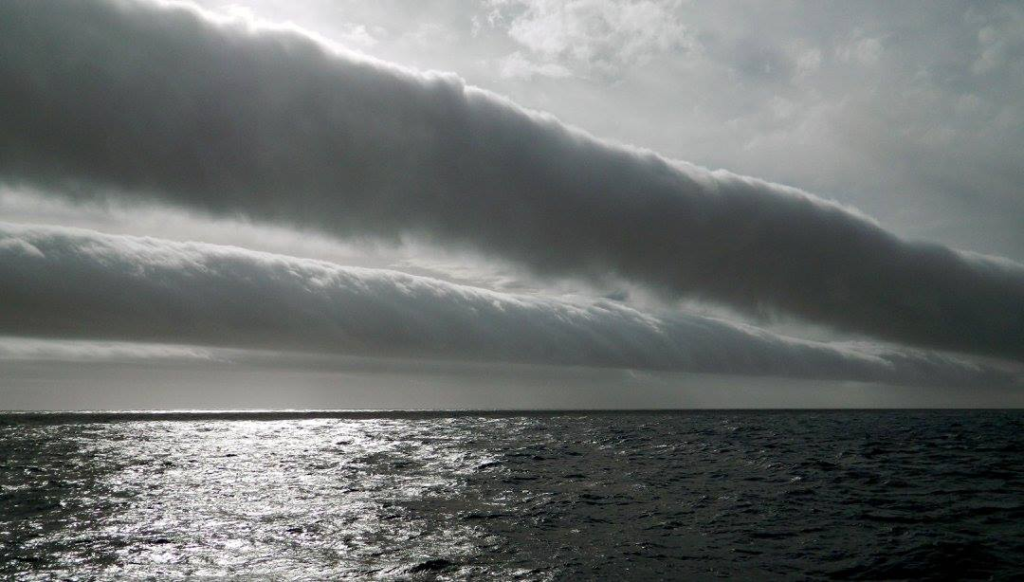
The Southern Ocean doesn’t mess around when it comes to extreme conditions. Its water temperatures often dip below freezing, yet the high salt content prevents the water from solidifying. This creates an environment so cold it could make the Arctic feel like a tropical getaway. But the cold is just the beginning—this ocean is also infamous for its brutal storms. The ferocious winds and towering waves have earned certain latitudes nicknames like the “Roaring Forties” and “Screaming Sixties.” Waves can reach heights of over 60 feet, making it one of the most challenging regions for sailors to navigate. It’s the ultimate test for ships and adventurers brave (or crazy) enough to venture there. These conditions aren’t just extreme for humans; even the marine life here has evolved to withstand the cold and chaos. The Southern Ocean is a constant reminder of nature’s raw, untamed power.
4. It Hosts the Strongest Ocean Current in the World
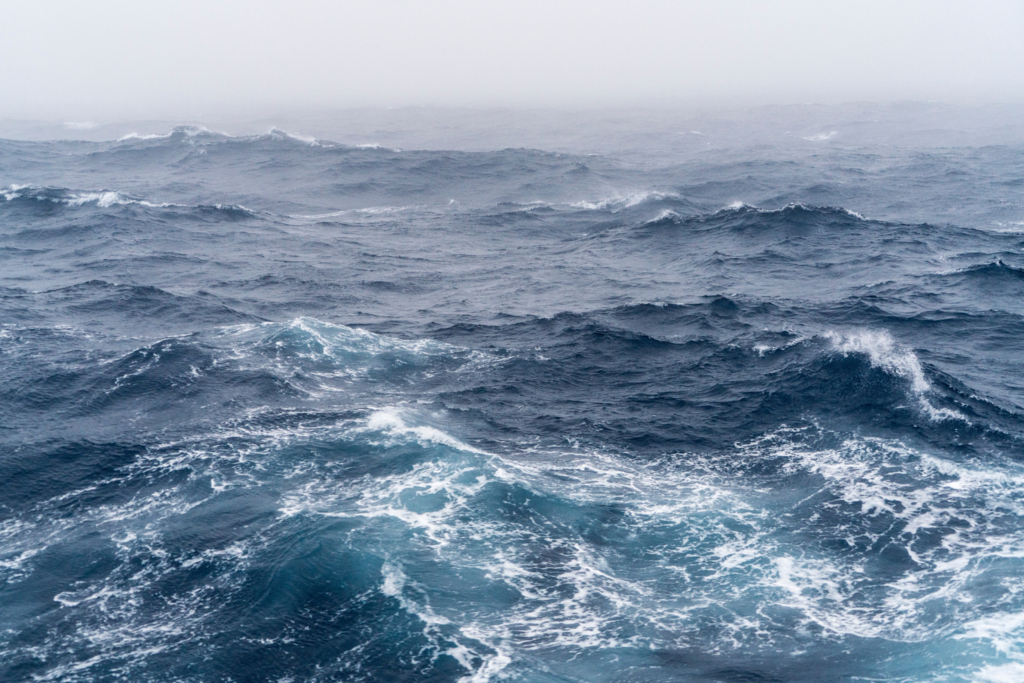
The Antarctic Circumpolar Current (ACC) is the Southern Ocean’s claim to fame. Flowing clockwise around Antarctica, it moves more water than any other current on Earth—about 130 million cubic meters per second. That’s over 100 times the flow of all the world’s rivers combined. This current isn’t just strong; it’s essential for the planet. It acts as a conveyor belt, transporting heat, nutrients, and carbon dioxide across the globe. The ACC connects the Atlantic, Pacific, and Indian Oceans, making it a crucial player in regulating Earth’s climate. Without it, global temperatures would spiral out of control, and marine ecosystems would collapse. The ACC also creates a natural boundary, keeping the frigid waters of the Southern Ocean distinct from the warmer waters to the north. In short, it’s the unsung hero of the oceanic world, quietly keeping the planet’s systems in check.
5. It’s One of Earth’s Largest Carbon Sinks
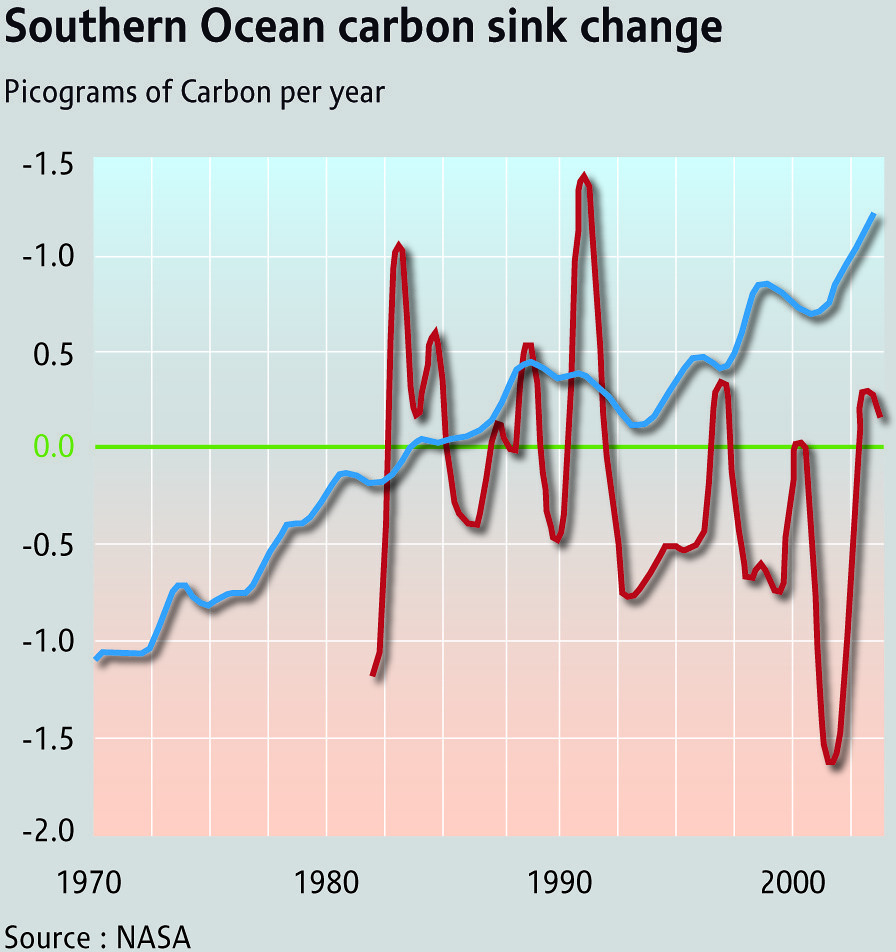
When it comes to fighting climate change, the Southern Ocean is doing the heavy lifting. It absorbs about 40% of the carbon dioxide emitted by human activities, making it one of the planet’s most important carbon sinks. Cold water is better at dissolving gases, and the Southern Ocean’s frigid temperatures make it particularly efficient at capturing CO2. But it doesn’t stop there—the Antarctic Circumpolar Current helps transport this absorbed carbon deep into the ocean, where it can remain locked away for centuries. Without this process, the impacts of global warming would be far worse. However, this carbon-absorbing superpower comes at a cost. The ocean is becoming more acidic, threatening marine life and disrupting delicate ecosystems. The Southern Ocean is pulling double duty as both a climate regulator and a victim of climate change, and it desperately needs our attention and protection.
6. It’s a Biodiversity Wonderland

Despite its harsh conditions, the Southern Ocean is teeming with life. It’s home to iconic species like emperor penguins, humpback whales, and leopard seals, as well as some truly bizarre creatures like the icefish, which has antifreeze proteins in its blood. One of its most crucial residents is krill, tiny crustaceans that form the backbone of the Antarctic food web. Without krill, the entire ecosystem—from massive blue whales to small seabirds—would collapse. The Southern Ocean’s biodiversity doesn’t just stop at the surface. Its deep-sea habitats are filled with unique organisms that thrive in near-freezing temperatures and complete darkness. Scientists are still discovering new species here, making it one of the last frontiers of marine exploration. It’s proof that even in the most inhospitable environments, life finds a way.
7. It’s a Global Climate Regulator
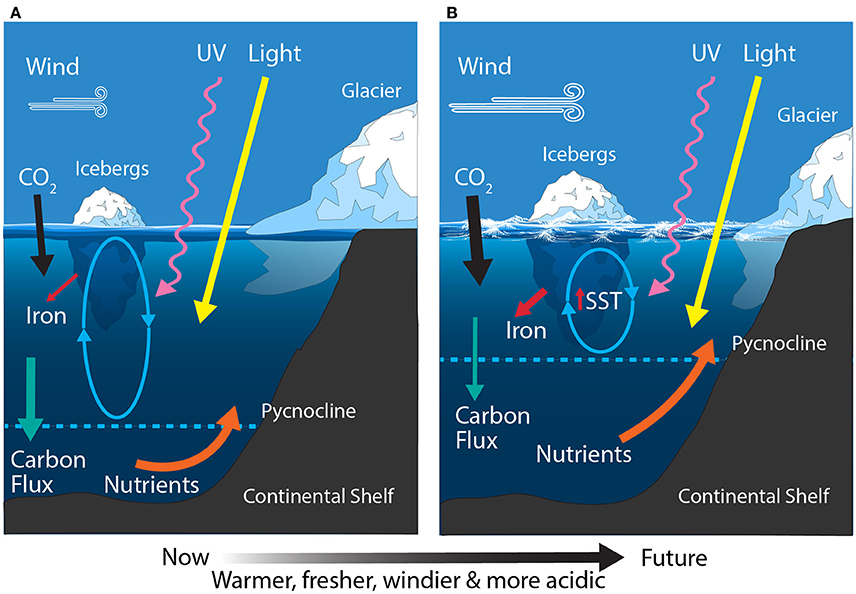
The Southern Ocean plays a starring role in Earth’s climate drama. Its waters drive a process called thermohaline circulation, often referred to as the “global conveyor belt.” This process moves warm and cold water around the globe, redistributing heat and regulating temperatures across continents. If you’ve ever enjoyed a mild winter in Europe or a cool summer breeze in Australia, you probably have the Southern Ocean to thank. It also connects the world’s oceans, allowing nutrients and gases to flow freely between them. This connection helps support marine life far beyond its icy boundaries. However, as global temperatures rise, the Southern Ocean is struggling to maintain its balancing act. Warmer waters are disrupting circulation patterns, which could lead to chaotic weather and rising sea levels worldwide. It’s a powerful reminder that even the most remote parts of our planet are deeply connected to our everyday lives.
8. It’s Shrinking Due to Climate Change
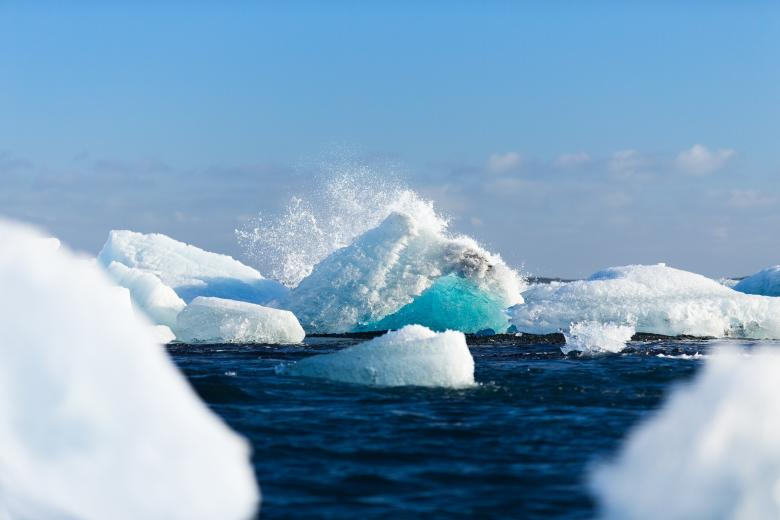
The Southern Ocean’s icy grip on the planet is weakening, and the effects are alarming. As global temperatures rise, the ice shelves and glaciers of Antarctica are melting at unprecedented rates, dumping massive amounts of freshwater into the ocean. This dilution is altering the salinity and density of the water, disrupting the currents that define the Southern Ocean. Melting ice also contributes to rising sea levels, threatening coastal communities around the world. But that’s not all—warming waters are wreaking havoc on marine life, from krill to the largest whales. Many species rely on the Southern Ocean’s unique conditions to survive, and even slight changes can have devastating ripple effects. Scientists warn that the Southern Ocean is approaching a tipping point, and without significant action to reduce carbon emissions, its future—and ours—looks uncertain.
9. It’s One of the Least Explored Places on Earth

The Southern Ocean is so remote and inhospitable that much of it remains uncharted. With freezing temperatures, monstrous waves, and unpredictable weather, it’s not exactly inviting for explorers. Despite advances in technology, much of its seafloor and ecosystems are still a mystery. In fact, we know more about the surface of Mars than we do about the depths of the Southern Ocean. This uncharted territory holds countless secrets, from undiscovered species to clues about Earth’s past climate. Scientists are racing to study it, as understanding the Southern Ocean is crucial for predicting how the planet will respond to climate change. Every expedition feels like uncovering a piece of an ancient puzzle, and who knows what discoveries still await? One thing’s for sure: the Southern Ocean is the ultimate frontier for modern exploration.
10. It’s Home to Icebergs the Size of Cities
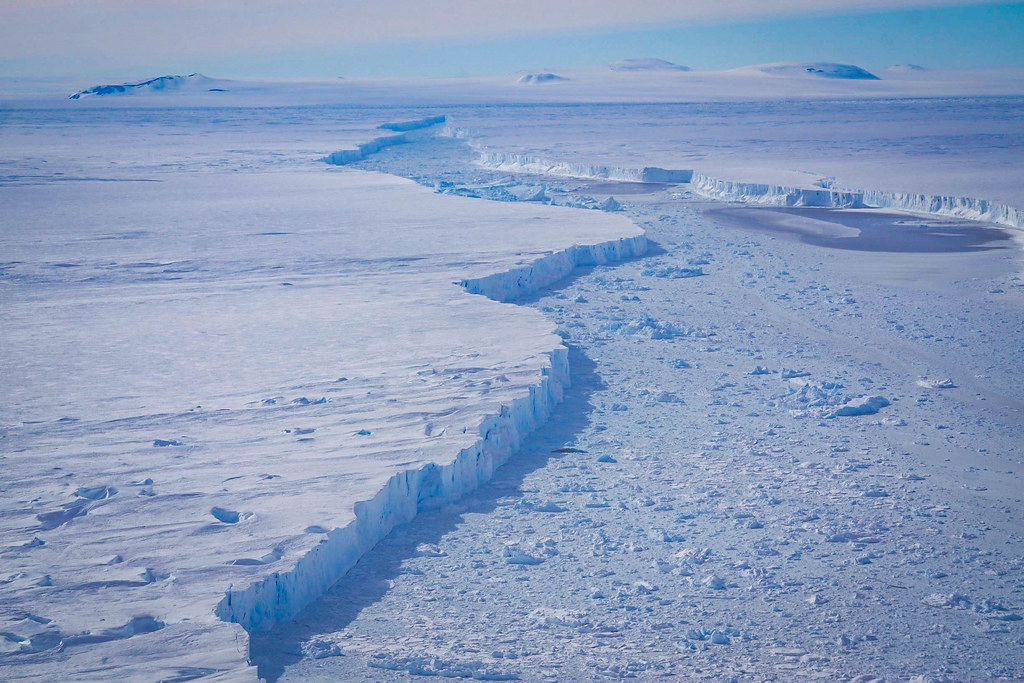
Icebergs in the Southern Ocean aren’t your average floating ice cubes. These colossal chunks of ice break off from Antarctica’s ice shelves and drift through the ocean, some of them as large as entire cities. In 2000, the iceberg B-15 broke records when it calved from the Ross Ice Shelf, measuring a staggering 4,200 square miles—larger than Jamaica. These frozen behemoths can drift for years, slowly melting as they travel toward warmer waters. While they’re breathtaking to behold, icebergs can be dangerous, especially for ships navigating the area. They also play a significant role in the ocean’s ecosystem, as their melting ice releases nutrients that support microscopic marine life. The Southern Ocean’s icebergs are both a symbol of its icy beauty and a harbinger of change as climate warming accelerates their breakup.
11. It’s a Paradise for Scientists
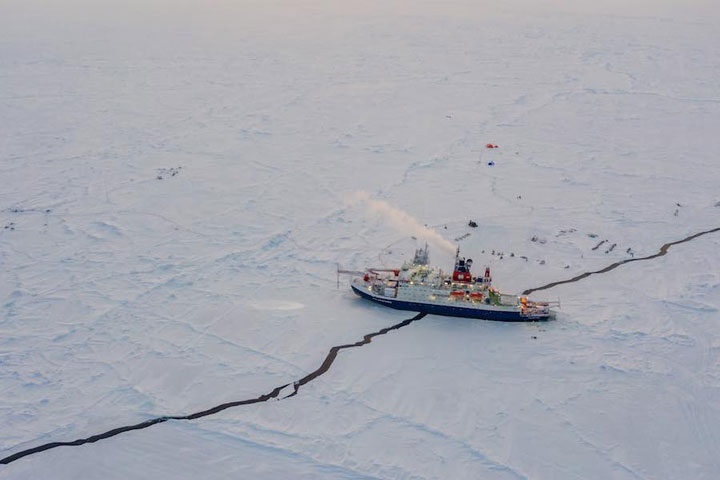
The Southern Ocean might be harsh, but for scientists, it’s a goldmine of research opportunities. Its pristine waters and isolated location make it an ideal laboratory for studying everything from marine ecosystems to the effects of climate change. Researchers use cutting-edge technology, like autonomous underwater vehicles and satellite tracking, to explore its depths and monitor its currents. It’s also a hotspot for studying Earth’s history—ice cores drilled from Antarctica’s ice shelves reveal data about ancient climates, giving us clues about how the planet has changed over millions of years. The Southern Ocean even attracts astronomers, as its remote location offers some of the clearest views of the night sky. Every discovery made here not only deepens our understanding of the ocean but also sheds light on the delicate balance of life on Earth.
12. It’s Wild, Untamed, and Utterly Essential

The Southern Ocean is like the wild child of Earth’s oceans—untamed, unpredictable, and full of surprises. With its roaring winds, icy waters, and massive icebergs, it’s one of the most extreme environments on the planet. Yet, it’s also one of the most essential. It regulates the Earth’s climate, supports unique ecosystems, and acts as a giant carbon sink that helps mitigate global warming. It’s a place where life thrives against all odds, from microscopic krill to massive blue whales. Despite its importance, it’s often overlooked and underappreciated. But the more we learn about the Southern Ocean, the more we realize just how critical it is to the health of our planet. It’s not just an ocean—it’s a reminder of nature’s power, resilience, and interconnectedness.


